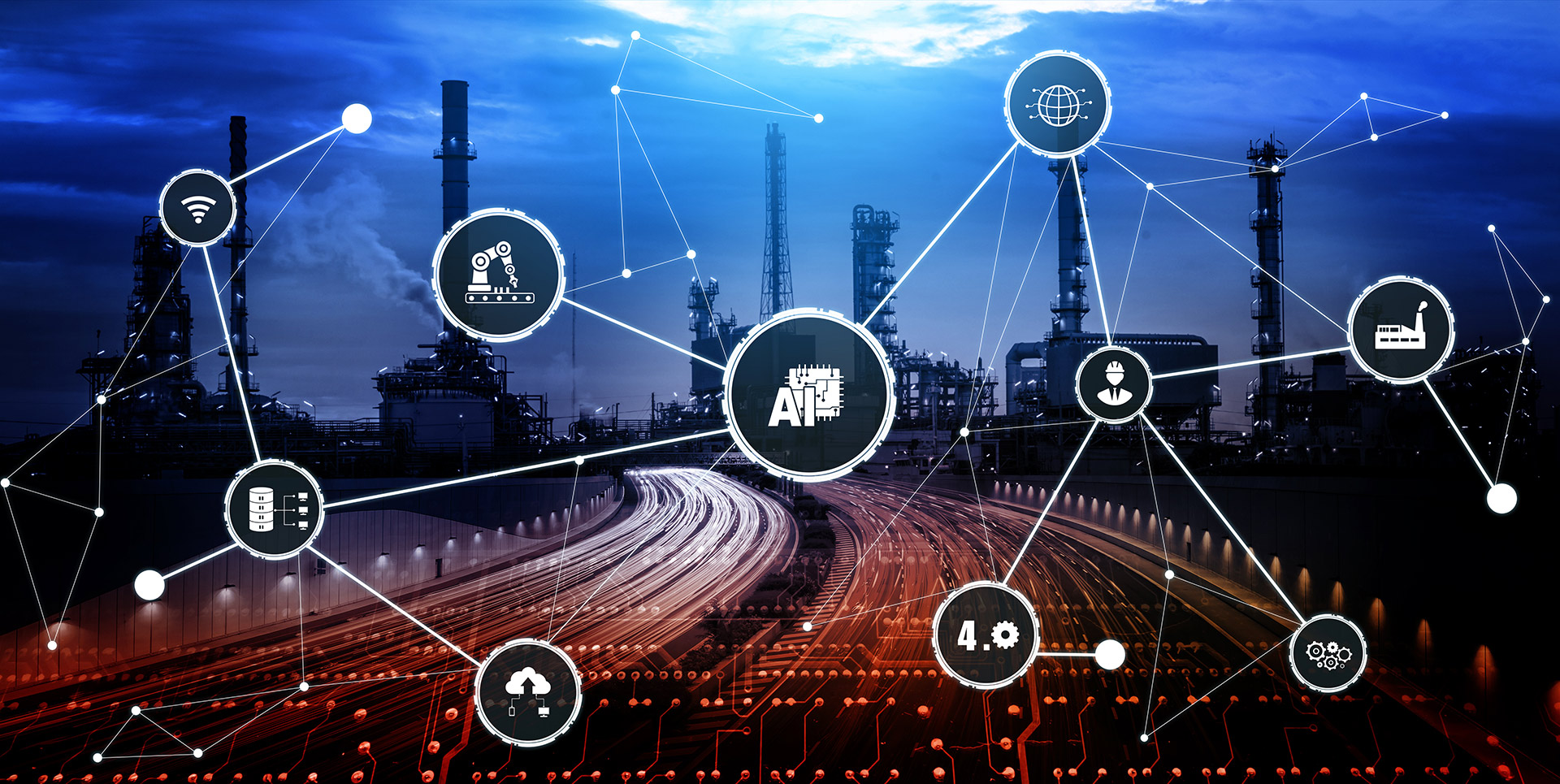
From drilling to logistics to preventing theft, automation in oil and gas is quickly becoming the standard. Learn how tech helps increase ROI and improves safety in this starter guide.
Since the 1990s, businesses have looked at how automation in oil and gas can improve worker safety, improve efficiency, and increase the bottom line.
Today, digital tools are being used in every facet of oil and gas cultivation. From improved efficiency when drilling for new oil to real-time weather monitoring and theft prevention, tech tools are quickly becoming the norm for the $2.1 trillion (according to IBISWorld) industry.
In this starter guide, you’ll learn how innovation and automation in oil and gas is being used to connect, collect and analyze data, and increase ROI.
What Is Automation In Oil and Gas?
Oil and gas automation refers to the growing number of digital techniques and processes used to help producers cultivate energy. Automation and agility have found their way into nearly all oil and gas industry divisions, like drilling, logistics, supply chain, and safety.
Tools such as rugged wireless radios and AI-powered real-time sensors for remote monitoring allow drilling sites to be run safely and efficiently from afar—protecting employees and increasing revenue simultaneously.
Benefits
- Improved production yield while lowering costs
- Improved safety for employees in hazardous conditions
- Real-time insights
- 24/7 monitoring
- Theft protection at drill sites and along pipelines
- Sustainability
- Predictive technologies can be used for future application
Where Does Automation In Oil and Gas Happen?
Approximately 94 billion barrels of oil are produced every day worldwide, according to U.S. Energy Information. Here are some specific examples of how automation impacts the production and monitoring of two of the world’s most important resources.
Drilling
Autonomous drilling control systems (ADCs), such as those implemented in the North Sea (between England and Scotland) in 2020, enable safe and efficient oil drilling.
In the past, “automatic” tools used to drill for oil were just manually assisted. Today, though, ADCs are believed to reduce drilling costs by as much as 50 percent.
Diagnostics
In an industry where downtime can severely disrupt a business and lead to financial downfall, remote diagnostics help predict future issues or pinpoint current ones to prevent delays and disruptions.
For example, tools that measure pressure loss, temperature, and mercury levels can help businesses disrupt downtime and minimize costly delays. They also reduce the risk of oil rig disasters, such as the infamous Gulf of Mexico explosion on the Deepwater Horizon oil rig that left 41 miles of oil in the ocean.
Weather Monitoring
Oil and gas production are both contingent on weather patterns. Issues that can affect (or even shut down) drilling sites include:
- Tropical cyclones (most common)
- Extreme cold
- Extreme heat
- Earthquakes
Automation in gas and oil includes the adoption of real-time sensors and monitoring tools, which detect changes in seismic activities and atmospheric levels, giving companies the ability to adjust in real-time to changing weather patterns.
Security
Theft in oil and gas is a real threat. In fact, a 2021 report said that Nigeria loses an average of 200,000 oil barrels per day (b/d) to theft, primarily from pipeline sabotage.
Rugged, wireless radios allow oil and gas professionals to communicate safely without fear of interception or lost connection. Along with real-time monitoring of sites and pipelines, this can create a formidable defense against criminals.
Trends in Oil and Gas Automation
Oil and gas automation is quickly becoming standard, and with it, innovation in the field is coming.
- A significant push towards sustainability. Tech tools that help reduce a business’s carbon footprint and improve operating efficiency will be both sought after (and possibly required) in the coming years.
- Greater use of AI at oil rigs. Businesses are shifting away from manually assisted technologies in favor of artificial intelligence devices that make real-time, autonomous decisions on-site.
- More tech jobs. As on-site employees are phased out to make for a safer work environment, new jobs, such as coding, system architecture, and cybersecurity, will be created in the oil and gas industry.
Contact FreeWave to learn how our technologies can boost your oil and gas business’s ROI today.



